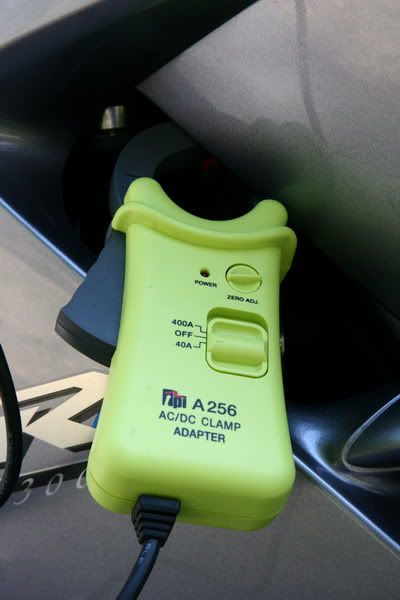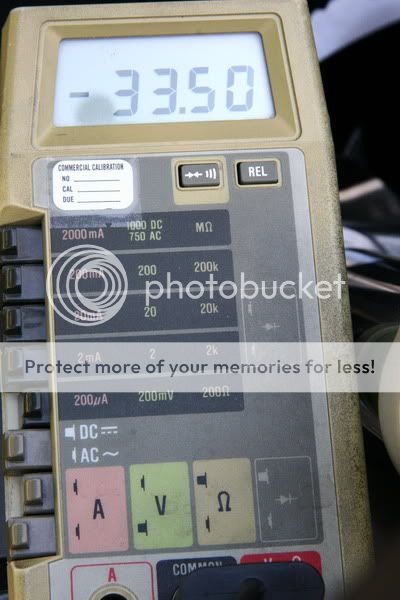wfooshee
O, Woe is me!!
To me, the slight increase in indicated voltage during her ride is indicative of a weak battery being charged during the ride. It may well be that everything's gonna turn out fine once she puts a few mile-amps (amp-miles?  ) into the new battery.
) into the new battery.
By way of comparison, my office moved, and it's now less than three miles to work. If I just get on the bike and go straight to the office, I'll destroy the battery, if not the bike itself. Especially during the cold months. I've had more than one evening being the last one at work, and the bike won't turn over well enough to start because I've drained the battery with repeated short trips and no ride time for recovery charging. It's fun to remove the inner dash panels to get to the battery, find jumpers somewhere, move one of the company vehicles over by the bike (after finding keys somewhere,) jumping the bike off, leaving it running while I put everything back where it came from, then doing something stupid like dropping it into first with the sidestand still down. All in the dark.
My solution? Well, ride more, of course. I've made the route to work a lengthy detour, so I'm on the bike at least 20 minutes, rather than the 6 or 8 it would take to ride directly.
And Heidi's report of mid-to-high 13s with a gradual increase to low 14s is what I see after I've drained the battery with short runs and cold temps. And yes, the voltage will jump around a couple of tenths during this charging period.
Since replacing my starter a couple summers ago I've not had ANY starting issues other than those that I know are caused by lazily riding short trips consecutively.
My voltmeter is a Datel across the battery terminals, but with a relay in the circuit for key-on switching.
By way of comparison, my office moved, and it's now less than three miles to work. If I just get on the bike and go straight to the office, I'll destroy the battery, if not the bike itself. Especially during the cold months. I've had more than one evening being the last one at work, and the bike won't turn over well enough to start because I've drained the battery with repeated short trips and no ride time for recovery charging. It's fun to remove the inner dash panels to get to the battery, find jumpers somewhere, move one of the company vehicles over by the bike (after finding keys somewhere,) jumping the bike off, leaving it running while I put everything back where it came from, then doing something stupid like dropping it into first with the sidestand still down. All in the dark.
My solution? Well, ride more, of course. I've made the route to work a lengthy detour, so I'm on the bike at least 20 minutes, rather than the 6 or 8 it would take to ride directly.
And Heidi's report of mid-to-high 13s with a gradual increase to low 14s is what I see after I've drained the battery with short runs and cold temps. And yes, the voltage will jump around a couple of tenths during this charging period.
Since replacing my starter a couple summers ago I've not had ANY starting issues other than those that I know are caused by lazily riding short trips consecutively.
My voltmeter is a Datel across the battery terminals, but with a relay in the circuit for key-on switching.
Last edited by a moderator:






















































